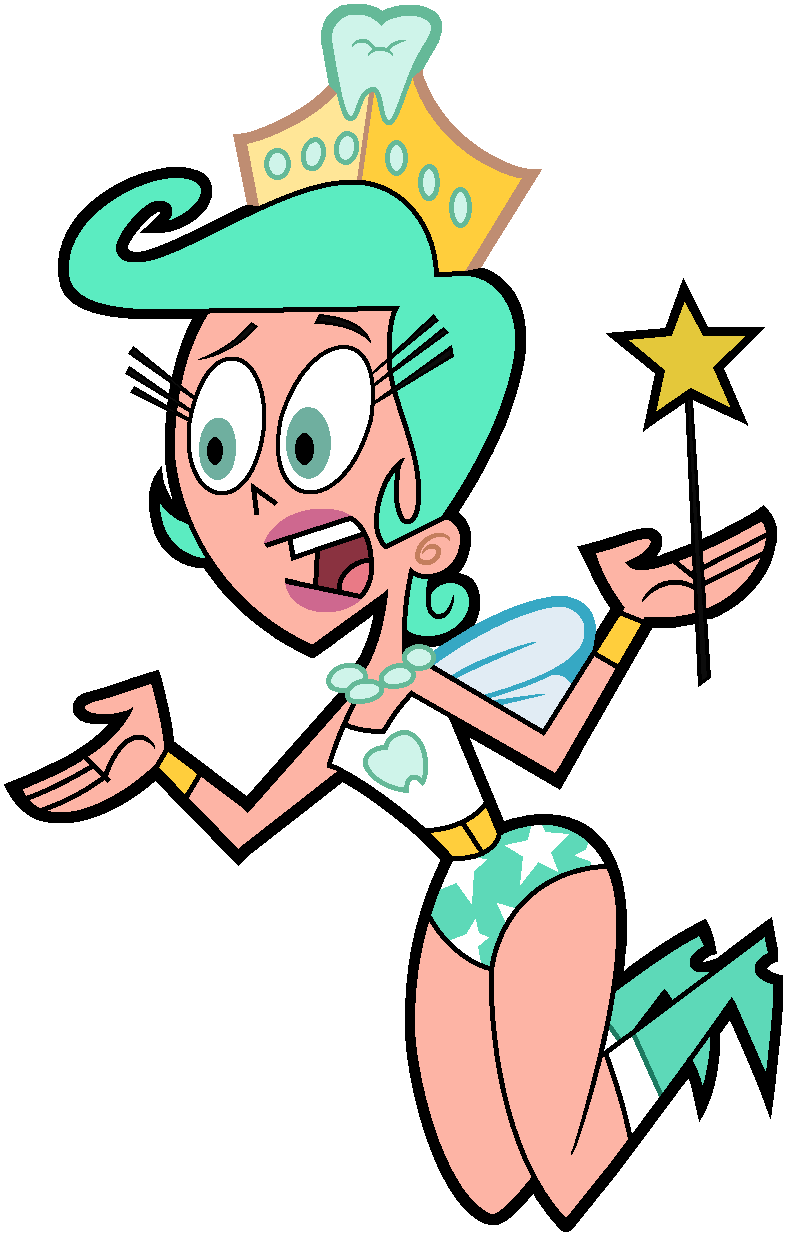


How the Tooth Fairy Became Popular in the U.S. Turkish parents who would like a doctor in the family, bury teeth next to a hospital, while those hoping for an engineer find a spot near a local engineering firm. Some parents even use lost teeth as a means to guide kids to desirable career choices. If they don't throw the teeth straight up or down, their permanent teeth may grow in crooked, according to local myth. Lost teeth are thrown into the air in the Middle East and Japan, but kids in Japan can't just casually toss their teeth. Magical mice in South Africa and Colombia find teeth under pillows or in slippers, while the Filipino Tooth Rat picks up teeth from windowsills. The mouse takes the tooth, drinks the water, and leaves a few coins for the lucky boy or girl to discover in the morning. Children in Sweden and Argentina put their teeth in a glass of water, according to Delta Dental. Today it's a mouse, and not a fairy, that leaves money or gifts for children in many parts of the world, including France, Mexico, Spain and Peru. Eventually, mice made things easier for children by retrieving the teeth in the middle of the night, rather than waiting for kids to put teeth in a mouse hole. People in some cultures believed that offering a lost tooth would increase the likelihood that the child's permanent teeth would become just as strong as rodent teeth. Placing a lost tooth in a mouse or rat hole may have been intended as a sacrifice to the resident rodent. Throwing the tooth between the legs, on a roof or into a fire.Townend discussed several ways cultures marked the important transition, such as: The loss of a child's tooth was as much of a milestone hundreds of years ago as it is today.

The gruesome story not only introduced the concept of hiding lost teeth under a pillow, but also established the fairy's role in the entire process. The fairy turns herself into a mouse, knocks out all of the king's teeth, and then hides them under his pillow before eventually killing him. After spending years imprisoned by the king, the queen defeats her captor with the assistance of a friendly fairy. The violent story centers around a queen who avenges her husband's death by targeting the evil king of a rival kingdom. The 17th-century French fairy tale "La Bonne Petite Souris" (the good little mouse) is thought to have been the inspiration for at least part of the tooth fairy myth. How did the winged woman with the strange fascination for teeth get to be so popular? It all started with a scary French story. Most kids would scream in terror at the thought of a stranger in their rooms at night, unless that midnight visitor was the tooth fairy, of course.


 0 kommentar(er)
0 kommentar(er)
